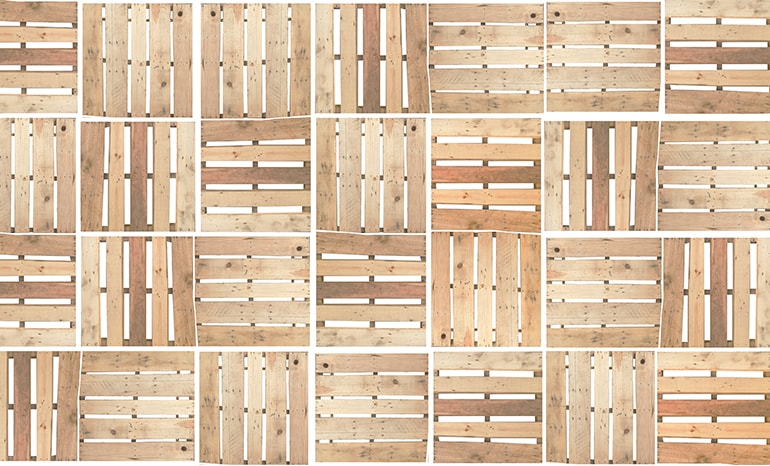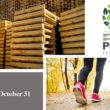The Four Ps of Pallet Selection
Hundreds of different pallet sizes are used around the world. While there is no one standard-sized pallet that fits all...
Hundreds of different pallet sizes are used around the world. While there is no one standard-sized pallet that fits all...

Hundreds of different pallet sizes are used around the world. While there is no one standard-sized pallet that fits all applications, two pallet designs are widely used in the United States. The block style has blocks (rectangular, square, multi-sided, or cylindrical deck spacer) between the pallet decks or beneath the top deck and is suitable for a wide range of handling environments due to its open access on all four sides. The stringer style has stringers (parallel pieces of timber used to support and space the deck components) between the deckboards or beneath the panel deck. Stringer pallets cost less than block, but they are not as strong. Also, stringer pallets only allow partial 4-way access if the stringers are notched; otherwise, two-way access is available at either end.
So, which one is right for your job? To specify the proper pallet, consider the “four Ps” of Pallet Selection: Product, Payload, Performance, and Purpose.
Of course, answers to these questions will vary for every organization. Start the discussion with your preferred pallet specialist; contact Rose Pallet today!
 Jan 06, 2021
Jan 06, 2021
Pallet buyers are looking for more from their vendors. Beyond the pallet itself, customers need guidance with inventory management, forecasting, and budgeting just to name a few areas. That requires know-how. And the best way to know how? Continuing education.
continue reading double_arrow Oct 06, 2021
Oct 06, 2021
October is Healthy Lung Month and what better way to observe it than to exercise! Walking, running, or biking is a great way to give your heart and lungs the kind of workout they need to function efficiently. Make it fun and interesting with this friendly competition benefiting the Pallet Foundation…
continue reading double_arrow






